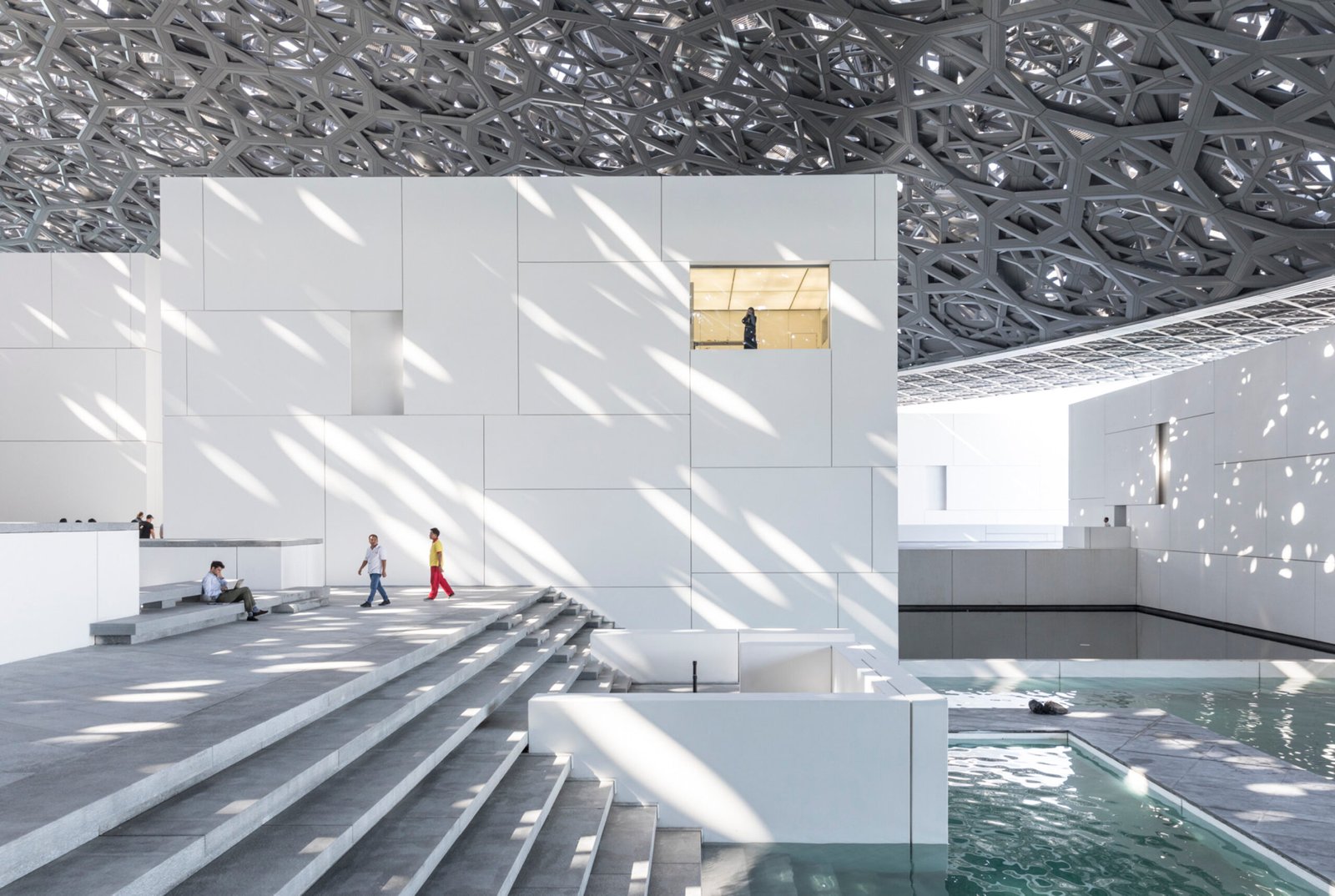Interview Lawrence Carlos
Images Laurian Ghinitoiu


I met Laurian Ghinitoiu in 2013 through a friend while they were studying at the Dessau Institute of Architecture (DIA) at the historic Bauhaus building in Dessau, Germany. Having both made the leap into freelancing as photographers at the same time, it has been fascinating following Laurian’s path, which has led him to be commissioned to photograph architecture designed by the biggest international firms and publications. In this interview, I ask Laurian to reflect on his meandering journey as an architectural photographer, his approach to photographing high-profile buildings, and what he believes his photography says about the built environment.
Hello! Please introduce yourself.
My name is Laurian Ghinitoiu, and I’m from Romania. I obtained my master’s in architecture at the DIA in Dessau, Germany. I moved to Berlin four years ago and worked in an architecture firm for a year. Since then, for two years and three months, I’ve been traveling the world, using photography as a tool to document the built environment.
Previously, you trained as an architect. What made you decide to become an architectural photographer?
It wasn’t a planned decision at all. Within the space of a week I found out that I wouldn’t be working at the firm I was employed at, and at the same time I got an email from Wolfgang Buttress, designer of the UK Pavilion at Expo 2015 in Milan, who said, “Good morning Laurian Ghinitoiu, we just saw your photos! They are very beautiful! We already have a lot of images, but yours are special.”
I was drawn into the unknown. I could have easily turned away, but I decided to take the risk and look for my own way out. What seemed very scary at the beginning transformed into a way of living, which suited me very well—a camera, a backpack, and continuous traveling.
What were some of your biggest doubts when you made this career move?
Despite having switched over two years ago, I still consider myself in transition. I still have plenty of doubts but they are more focused now. In the beginning, I didn’t know the basics related to the profession itself such as copyright, usage, finances, and technical issues, but also about style, influences, and approach.
Now, I am very conscious that I possess a very powerful tool, which can have a huge impact regarding issues around the built environment. My doubts transformed into questions and are now focused on the visual outcome, on the stories around the architecture I want to tell, and the long-term photography projects I want to build.
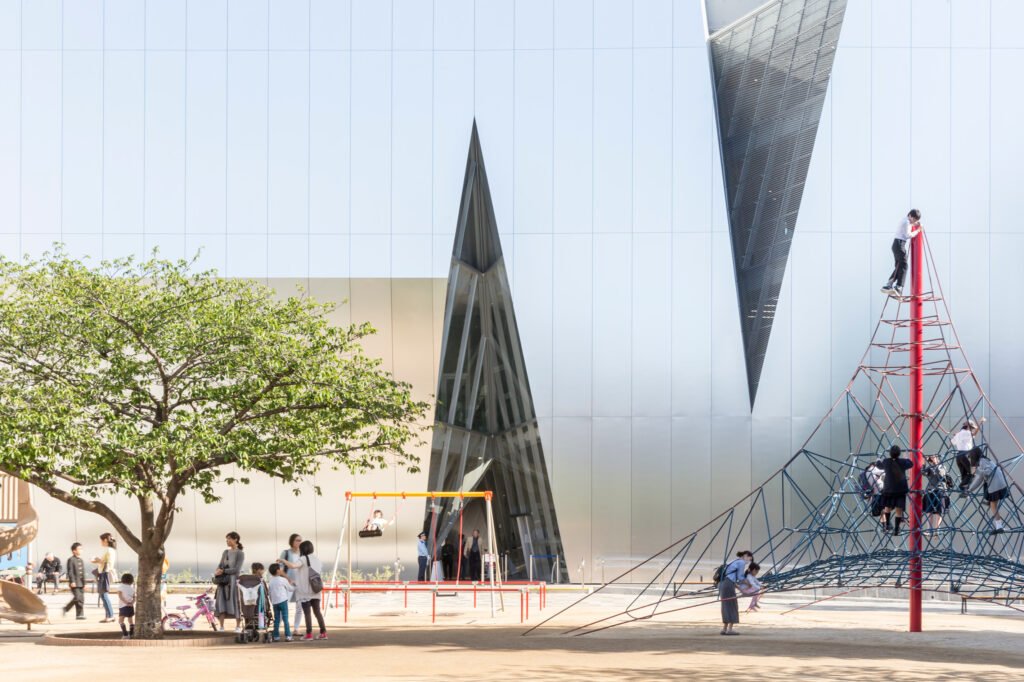



“I am very conscious that I possess a very powerful tool, which can have a huge impact regarding issues around the built environment.”
A career as a photographer can be a challenging path, especially given the solitary nature of the work. What gives you the motivation to continue along this path?
As with architecture, I believe that being a photographer is a profession that has to melt with your life. In my case, it became a way of living, and part of the motivation is that fraction of a second which drives you to click the shutter. Capturing the subject or not is secondary. No matter how long you plan and prepare for it, you will always be surprised and discover something new. Without fail, something will inspire you or, on the contrary, will mess everything up. Stepping back, it’s about this collection of captured moments, which can tell a story about the built environment in all its layers.
Given that more people than ever are taking and sharing photos of architecture—both non-professionals and professionals alike—what is your particular approach to architectural photography?
I would say that I have a journalistic approach, with architecture as a backdrop, and the main subject being the stories around it. In order to capture all these very unique and sincere moments, I try to be as invisible as possible—this is one reason why I rarely use a tripod—which allows me to be very alert and dynamic. I mostly focus on public spaces where there is always something happening and, thus, I can be spontaneous and responsive to what’s going on.
I’m always seeking to understand a building as a whole, from its contextual scale to how people interact in and around it. I try to document the activity as authentically as possible, while always remaining objective towards the architecture.
You have either taken it upon yourself or have been commissioned to photograph buildings across the world, designed by some of the most well-known architectural firms, such as BIG, SANAA and Foster + Partners, and also old masters such as Louis Kahn, Luis Barragan, and Le Corbusier. What have you learned from traveling to see these buildings that you would not have learned if you were only practicing as an architect?
Now, I feel connected to architecture more than ever before. As I take my time to do a lot of research about a building, once I’m on location I feel very connected with it. For two to three days I slowly discover and understand each corner and gesture. I understand what works and also what doesn’t. I can feel its materiality and the behavior around it. I am able to gain all these amazing insights, which I will use, sooner or later, once I am involved in a design process again.


“I never set up my scenes. I’m always seeking to understand a building as a whole, from its contextual scale to how people interact in and around it.”
Do you feel that taking and studying architectural photographs is underused in the design process, especially because we judge most architecture nowadays through the mediated image?
I believe that the actual architecture is sometimes far from photos, for better or for worse. As architects we frame—first, through visualization and, later, through photos—the architecture object in a way that it will give the story we want it to tell, which is sometimes not complete.
Photography should be independent and not subordinated to architects, and if used properly, can definitely become an important tool in the design process.
What is the process like for you in trying to be the first to photograph a high profile building?
Whether high profile or not, I’ve been disappointed on many occasions when I’ve visited an architecture project in real life because I was initially very impressed by the way it was photographed. I’m sure that I’m not the only one who has experienced this. But also the reverse happens, when I’ve seen photos that couldn’t capture the essence of a building.
Even if I know the projects mainly from the design process, or from pre-visualization, I consider the personal experience a very good method to grasp the sense of place through my own understanding. By doing this, my approach does not change with the photos selected by the architect for their own purposes.
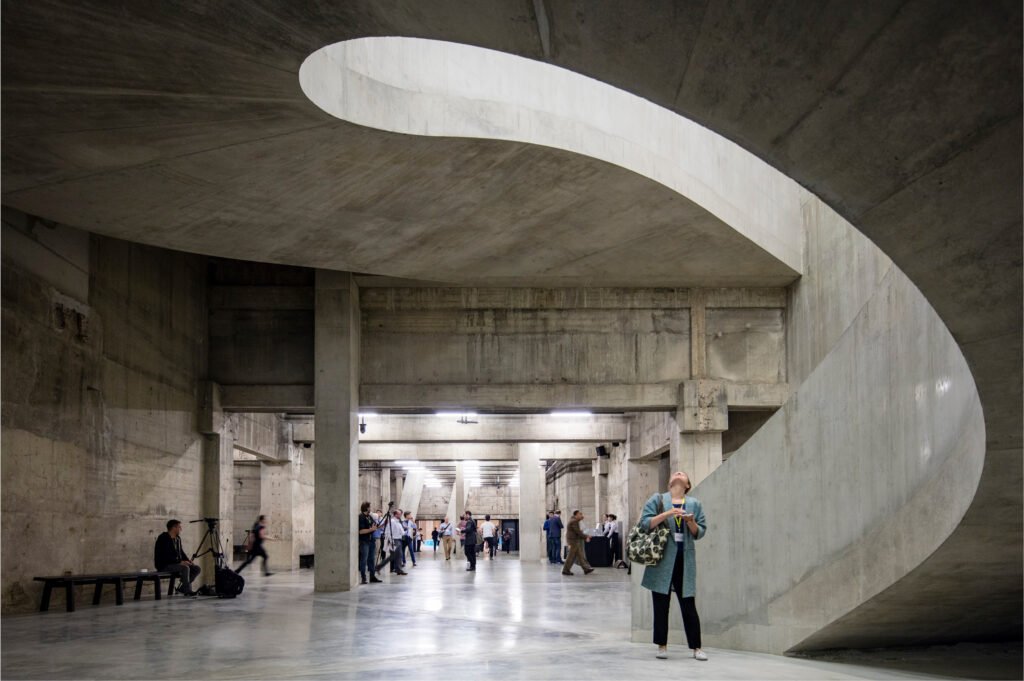

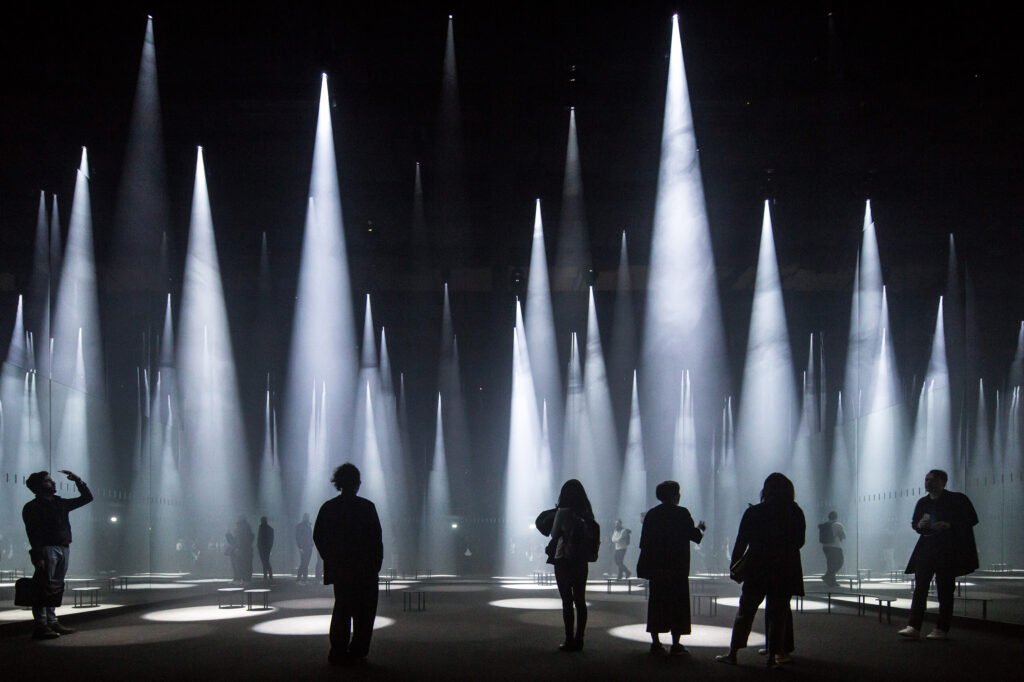

What do you make of the response when your photographs of a project are some of the first images to be published and shared on websites like Dezeen, ArchDaily, and designboom?
As more people know my work, it certainly gives me more opportunities, which helps me to expand my travels. It allows me to establish myself as a global photographer and reach any corner of the world to be able to build my personal projects. As most of the feedback I get is positive, it will certainly give me more energy to continue to do what I do.
Where do you see yourself going with your architectural photography?
It’s clear to me that photography is a very powerful tool to convey stories about the built environment at an urban level but also at a very human and emotional scale. By contextualizing peoples’ emotions, interactions, and inhabitation with formal or informal architecture through photography, I believe this process will become useful in shaping my approach towards architectural design if I find myself at an office desk again.
Aside from this, I have already begun teaching a series of photography workshops in architectural schools, which entails students researching about the built environment. I will continue to visit and photograph well-known examples of architecture, although I will always try to discover and encourage young, skilled architects. Last, but not least, I’ll definitely focus more on pursuing and developing my personal photographic projects. •
Lawrence Carlos is an urban designer for AECOM Philippines. He previously worked on large-scale projects for Rogers Stirk Harbour + Partners in London, the Technical Group of the London Borough of Newham, and Haupt Architekten in Hamburg, Germany. He is a former associate editor of BluPrint magazine. Follow him on Instagram at @_lawrencecarlos.
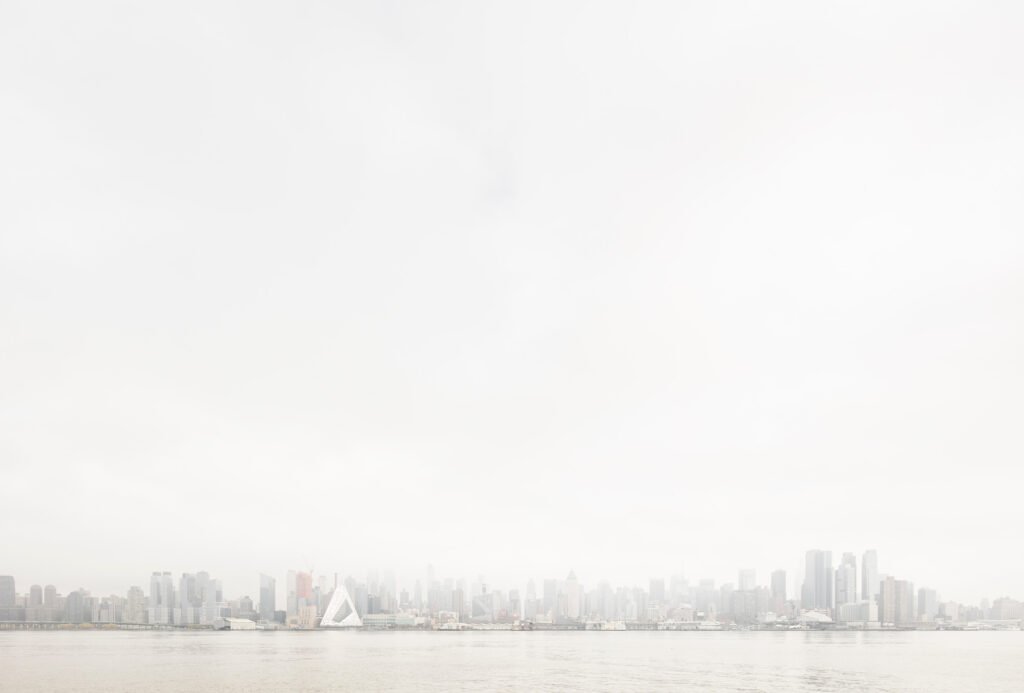

Architecture through Laurian’s lens at @laurianghinitoiu and laurianghinitoiu.com.
Originally published in Kanto No. 4, 2017. Edits were made to update the article.
